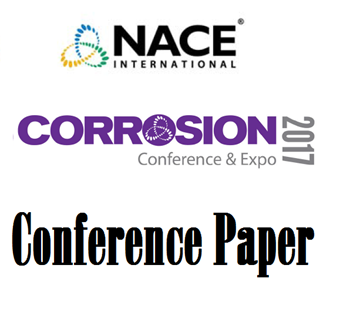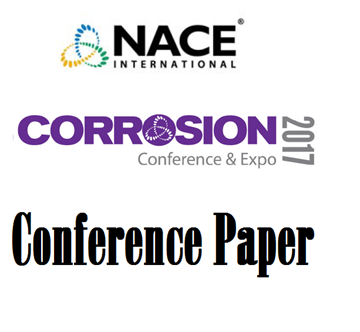Search
51312-01261-Non-Intrusive Techniques to Monitor Internal Corrosion of Oil and Gas Pipelines
Also Purchased
Online Continuous Corrosion Monitoring for Detection Monitoring and Control of Localized Corrosion
Product Number:
51317--9065-SG
ISBN:
9065 2017 CP
Publication Date:
2017
$20.00
51312-01262-Integration of Localized Internal Pitting Corrosion and Flow Models
Product Number:
51312-01262-SG
ISBN:
01262 2012 CP
Publication Date:
2012
$20.00
Non-Intrusive Ultrasonic Corrosion-Rate Measurement in Lieu of Manual and Intrusive Methods
Product Number:
51317--8926-SG
ISBN:
8926 2017 CP
Publication Date:
2017
$20.00




